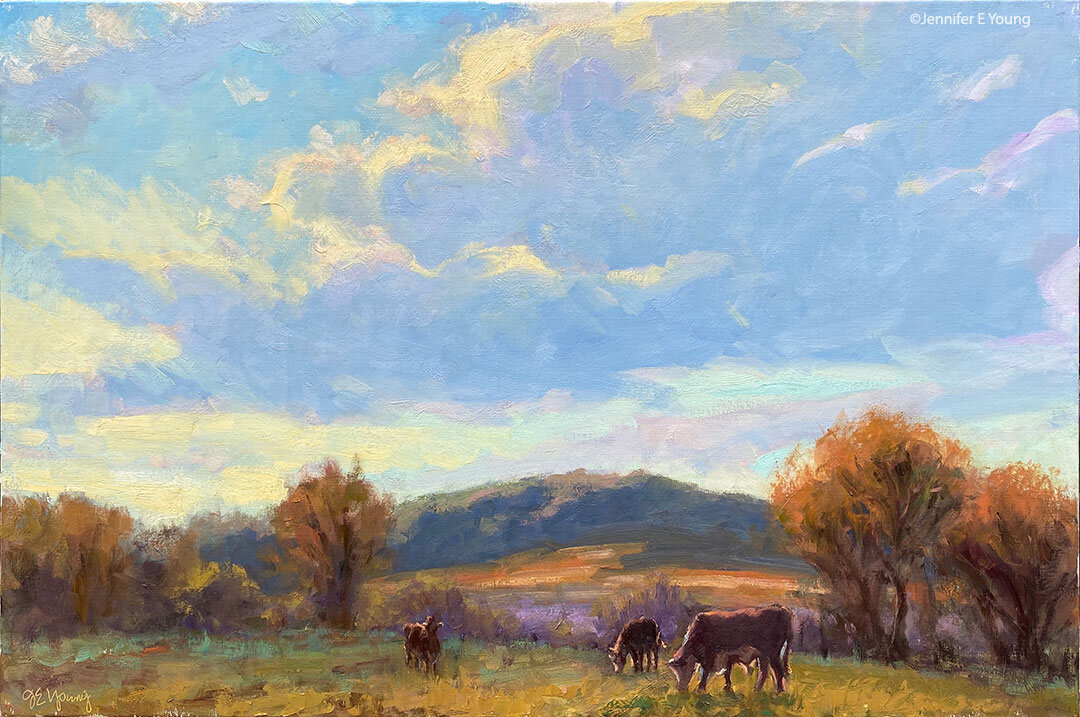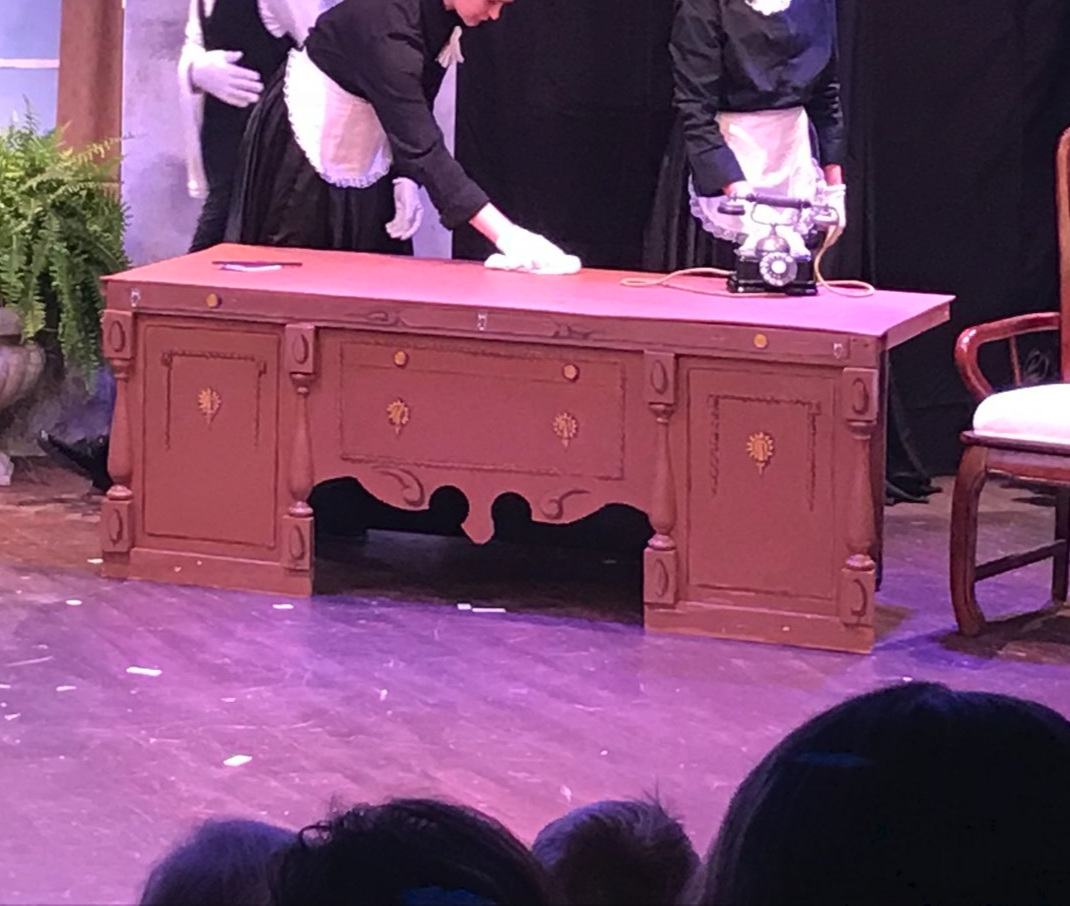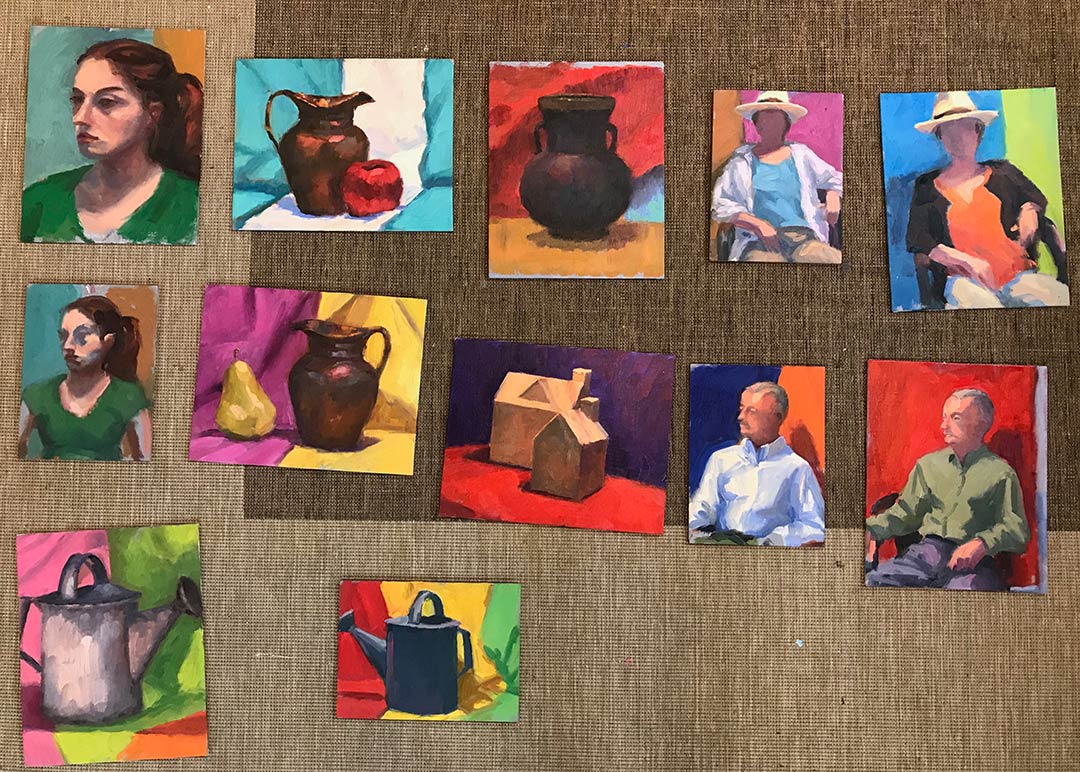Flying with artist oil paints, plus tips for plein air
/As I set out to answer a few questions about traveling with paint from fellow painter Marilyn King, I realized the length of my response was worthy of its own blog post! So Marilyn, thanks for the assignment! :-) There are a million different approaches, a million different solutions; but here are some ideas: Oil paints; Lighten the load!
While it is more economical to use larger 150 ml tubes, I generally save them for use in the studio. (In fact, for my white and some other colors, I buy in even larger quantities --either in cans or in caulking guns.) But if you're using a double primary palette en plein air, lugging big tubes of each color can get a little weighty! For this reason, I keep a set of smaller tubes for plein air painting. I generally carry one large 150 ml white out on the field and smaller tubes of the other colors. A couple of other options:
- Yes, you guessed it--limit your palette. This gets easier to do the more you try it. There are many plein air painters who limit to 3 primaries plus white to get all of their colors. This is Kevin Macpherson's suggestion in his first book on plein air painting, and even in the second one (though he does get a little more expansive in the latter). A limited palettedoes simplify things for plein air.
- Cadmium yellow light, Alizarin Crimson, and Ultramarine Blue plus white would be one example of a single primary palette. In this case you might even bring larger tubes since you'll have fewer of them. I've often used this palette as stated or supplemented only slightly with one additional color (e.g. a small amt. of phtalo green.)
- While it can seem pretty limiting at first, a limited palette will create more overall unity in your painting, it is a very good practice for anyone who is interested in learning about mixing color.
- Squeeze out your colors on your palette before going out to paint. Obviously this won't work if you're flying on a plane! The down side is that most beginning plein air painters don't squeeze out enough paint on their palette to begin with! And even if you're used to painting outside it can still be a challenge to judge how much you'll need.
- Transfer your colors into smaller containers (again, won't work with flying!)
- Jerry's Artarama (and probably other art supply stores) even sell empty paint tubes for this purpose.
- Paint film canisters or other readily available plastic containers could also be useful, though be aware of the depth as it may be a challenge to dig the paint out after a while. Another option is to find the larger sized pill box containers. You know, the kind that have slots for each day of the week? I did this for a while, but since this is a temporary solution, I eventually got lazy and just bought smaller tubes for plein air.
- Note: Many plastics may eventually degrade--particularly the lids that are often made of the softer plastic needed for flexibility. I like to leave a plein air "emergency kit" in my car and I have had containers made of softer plastic degrade, warp, ooze and pucker over time. Yuck.
Yes, but what about flying with oils?
For flying, here are some solutions I've gleaned from others and from trial and error:
- First, I wrap my paint tubes in foam sheeting or bubble wrap to reduce the chance of puncture, and then pack all of my paints in ziplock bags in my checked bag. (You can't bring paints or mediums in your carry on.)
- I also enclose MSDS sheets in the bags with my paints, as provided by the manufacturers. These sheets list the flash points for the paints. According to the Gamblin website, artist oil paints contain vegetable oil and no solvent, and you're good to go if your paints have a flashpoint of 140 degrees F (or above). *If bringing a painting medium, check to make sure that it does not have a higher flashpoint before packing it!
- If questioned by airline security, explain that these are artist's oil colors and have no solvents, and provide the documentation that says the same. It seems the word "paint" can possibly set off undue alarm.
- Buy turpentine in the destination country (en Francais- "La terebentine"; in Italiano- "La trementina"!)
- If possible, just bring your tools and supports, and consider buying paints in your destination country. This is actually a lot of fun! If you haven't been in an art supply store in Paris, you owe it to yourself to go any way. I always feel like a kid in a candy shop when I do.
- If you'll be in a more "out of the way" or unfamiliar location, you might research art supply stores in the area where you'll be going. Did you know that the regional visitor centers are extremely helpful? In the past I've just sent them an email and gotten back a list of stores in the vicinity prior to my departure.
- Lastly, you just might check into water soluble oil colors. I need to experiment more with these some day. It's hard to beat the tried and true, but WS oil do eliminate a few challenges for the portable studio, and many artists report being pleased with their results.
Medium or no medium?
Often times I don't even use a medium for plein air painting because it seems like even with just a little bit of breeze, any kind of alkyd medium gets a "skin" before I can even use it. However, there are times when it is handy; especially if I want to try and hasten the drying time of my paintings.
- An alkyd based medium (Liquin, etc.) is useful for this, and fairly portable if you can buy it in a small bottle.
- Another option is Wingel (by W&N) or Lukas Painting Butter, both of which come in tubes. But being more "solid," the tube mediums seem to dry up even faster than the liquids, so the key is to use it sparingly if you're going to use it (a good practice any way).
- If hastening the drying time is what you're after, you might just look into getting an alkyd-based white for plein air. I have found that when I use Gamblin's "Quick-Dry White" it helps speed up the drying time of my entire painting while still keeping the painting open for a good while.
- If you are reliant on a medium to increase viscosity (flow), be aware that turps and paint thinner are *not* mediums and should not be used to thin paint beyond perhaps the very beginning "sketching" stages of your painting. They will weaken the paint film.
- Again, if you're going to be flying, check the flashpoint before packing the medium! If it's too high, leave it at home and consider doing without or buying it at your destination.


















